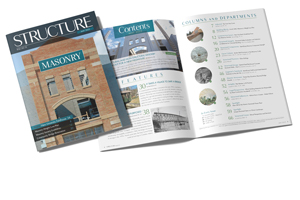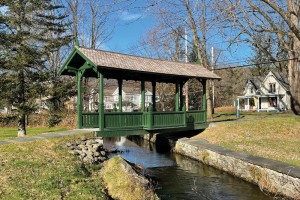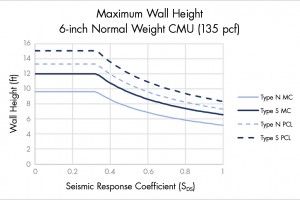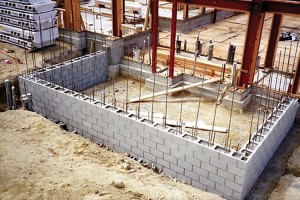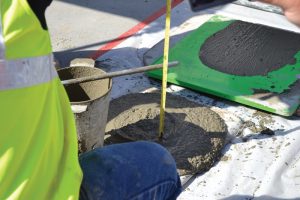Each year, American construction workers sustain approximately two hundred thousand injuries that are serious enough to cost them at least one day of work. This number leads all fields of endeavor, representing almost ten percent of all workplace injuries. In examining these accidents and their frequency, most studies look to the mechanism of the occurrence, most prominently the fatal four: falls from heights, strikes from objects, being crushed between objects, and electrical shocks. Combined, these types of accidents cause six of every ten fatal construction workplace accidents. Less frequently considered are the materials involved in construction accidents.
…Monthly Archives : May 2022
The University of Wisconsin – La Crosse (UWL) is constructing a new $49 million, 144,000 gross-square-foot Student Fieldhouse & Soccer Support Facility for their campus. Masonry was the obvious choice for interior infill walls within the structural steel frame and key loadbearing walls. But what was not so apparent was how the mason contractor and design team would work together to develop creative uses of prefabricated masonry lintels, lightweight CMU, and a seldom-used alternative engineered method to eliminate or minimize the number of control joints (Figure 1).
…Home to less than 2,000 residents, the quaint Village of Cambridge, NY, lies between the foothills of the Adirondack Mountains of upstate New York and the Green Mountains of Vermont. About 150 years ago, Cambridge was home to the Jerome B. Rice Seed Company, the second-largest seed company in America at that time, with clients throughout New England and the Eastern Seaboard.
…The (Stephen) Long Covered Bridge, from Brownsville to Columbus (Indiana)
The year is 1840, and the townsfolk of Brownsville, Indiana, were dismayed that the newly constructed National Road was crossing the East Fork of the Whitewater River, just a few miles north of town. They engaged Stephen Long to construct a bridge for the town, and his patented Long Truss soon spanned the river… The year is 1993, and the same bridge now lies in Columbus, Indiana – with many miles in between at the end of an interesting journey.
…“The time has come for all good men to come to the aid of their country.”
This famous quote resides somewhere in my brain, and as I start my tenure as NCSEA President, it recently resurfaced. Not that it is applicable word for word. And in the current geopolitical environment, this phrase has much more serious connotations. But maybe substitute “profession” or “environment” for “country” and exchange “people” for “men.” With those edits, this phrase seems to suit my mindset well.
…In terms of structural concrete masonry unit (CMU) construction, the predominant unit sizes are nominally 8-inch and 12-inch-wide units. However, with rising material costs, 6-inch-wide units are ideal for interior and exterior wall construction depending on wall heights and design loads.
…The use of masonry began with unreinforced dry-stack (mortarless) construction. For millennia, stone has been laid dry without mortar. The Great Pyramid of Giza (c. 2600 BC) is an example of limestone and granite ground smooth and fits tight without mortar (Figure 1). There are numerous examples of residences, walls, fortresses, and towers constructed using dry-stack masonry throughout the world. Unreinforced, these structures rely on gravity and friction to maintain their stability.
…Today, price and strength may not be a decisive selection criteria and super-strong adhesives are not a gamechanger for concrete bonding.
…How Much is Enough?
Structural engineers often get a greater level of comfort by specifying masonry component strengths higher than are needed. However, this can be counterproductive since some masonry components, such as mortar, may sacrifice bond in lieu of strength, leading to cracking and water intrusion into structural masonry walls. Masonry grout may also be considered a form of concrete, which it is not. A better approach is understanding how the individual materials work together based on code requirements supported by extensive research. The ultimate goal should be to specify masonry components that are economical with maximum structural integrity.
…

